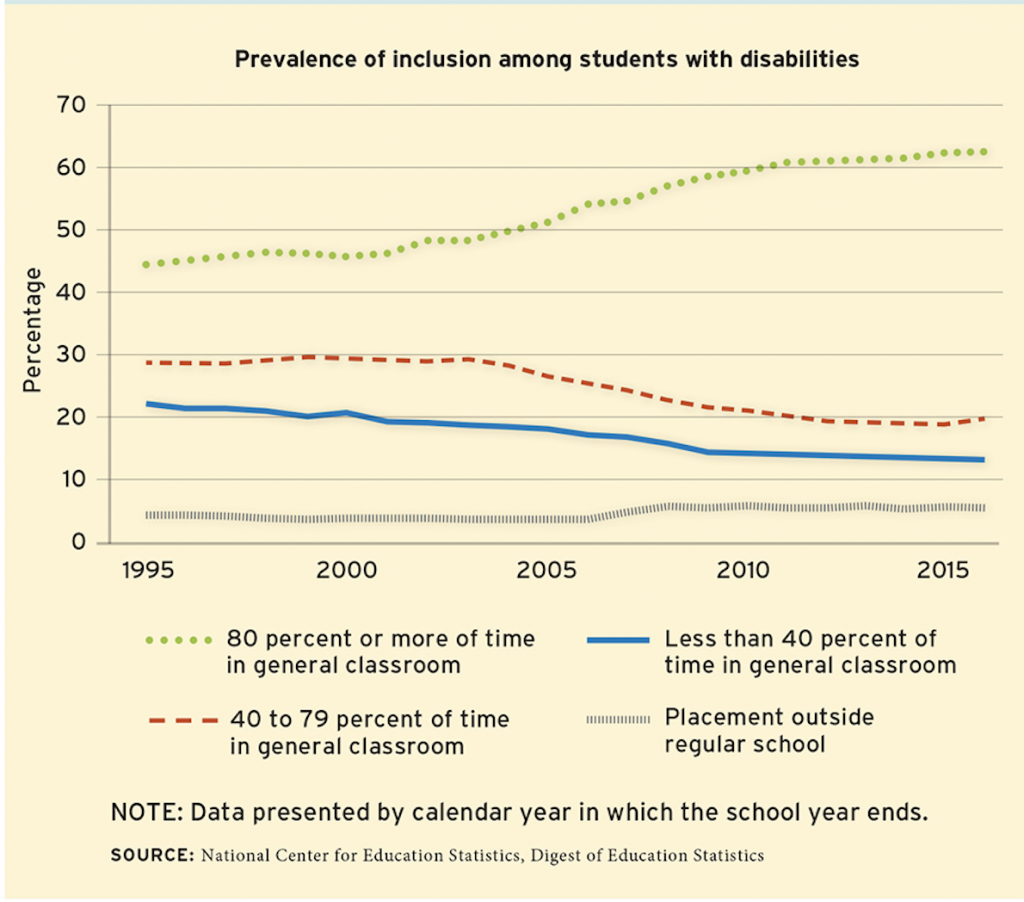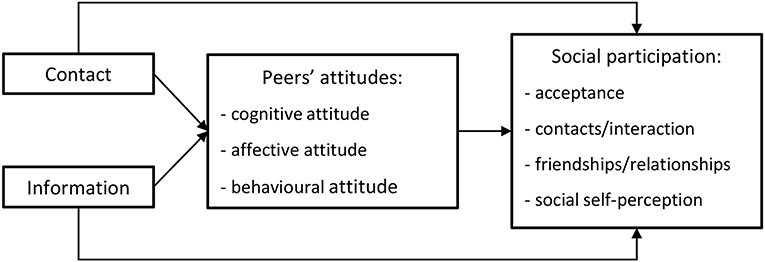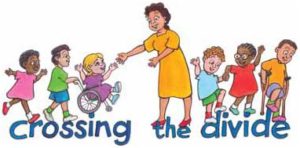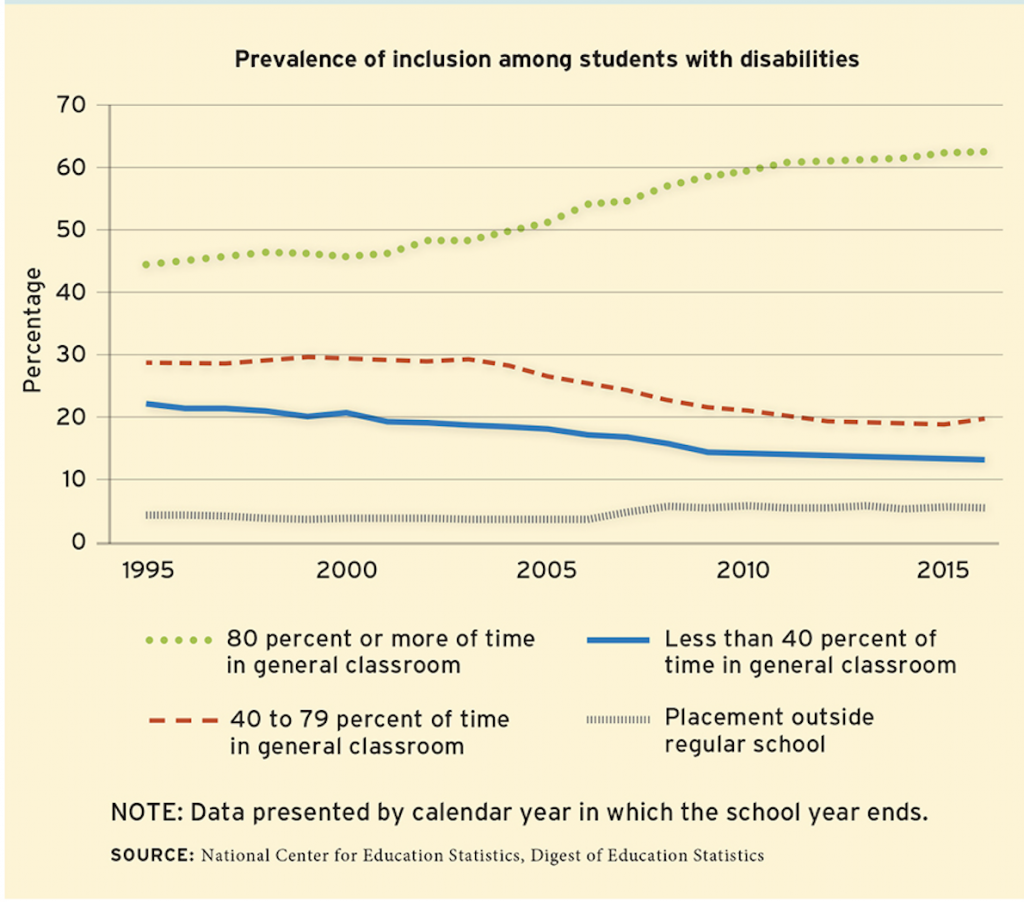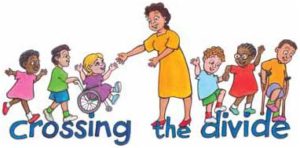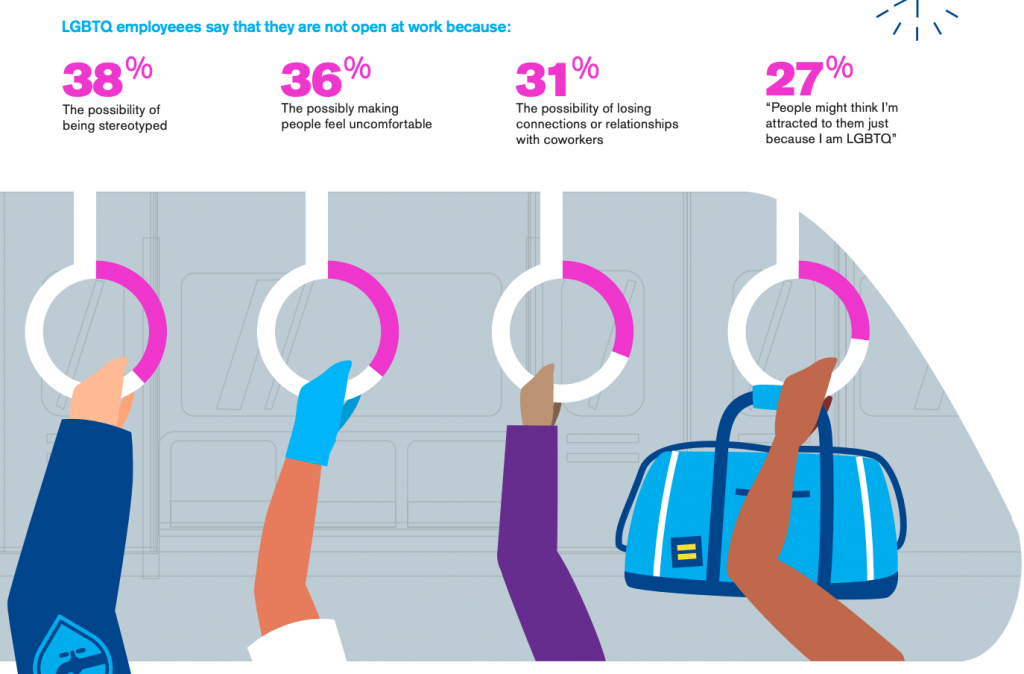Overview
In the Journal of Business Ethics Eddy Ng, incoming Smith Professor of Diversity & Inclusion in Business at Queen’s University and Dr. Greg Sears, Associate Professor of Human Resource Management and Organizational Behavior at the Sprott School of Business examine how CEOs convey the importance of diversity management and get their essential employees to execute it. While CEO dedication is seen as being vital to organizational diversity efforts, little is known about how CEOs communicate their priorities and mobilize their key organizational individuals to implement diversity management. It is acknowledged that an CEOs outward appearance of devotion to diversity endeavors in organizations is an essential key to success however when the CEO’s true unspoken priorities are signaled to key individuals in the organization what effect does this have on organizational diversity efforts? I hypothesized that if a CEO didn’t truly have a commitment to a diverse workplace, this unspoken opinion would negatively affect diversity management practices.
In this study, an integrative model with surveys was utilized which theorized that CEOs’ actual beliefs about diversity would be a predictor of the performance of diversity practices within the organization. The findings suggest that a CEO’s public words and actions alone are not adequate for the execution of diversity management practices. Key managers within the company must perceive the CEO as being authentically dedicated to workplace diversity for diversity management systems to be faithfully executed.
Media Thoughts
8 Things Any CEO Can Do To Advance Diversity And Inclusion Right Now
By Carmen Morris
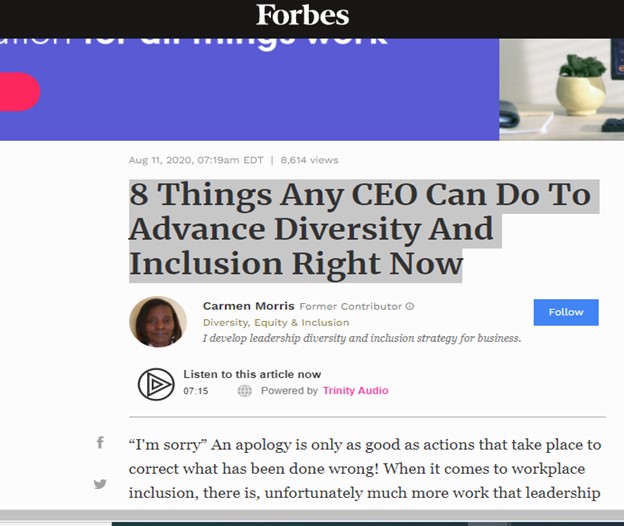
This article can be read or listened to. It points out that many diversity and inclusion initiatives have been unsuccessful due to the absence of leadership commitment. It is the task of leadership to support the progress of diversity and inclusion. This is very much in keeping with this research of CEO’s support or lack of it leading to the success or failure of diversity efforts.
Analysis
This study was conducted to investigate CEOs’ true feelings regarding diversity management practices versus the politically correct, publicly stated ones of the company. A CEO’s genuine pro-diversity behaviors can indicate to the workforce if their view on diversity in the workplace is truly positive. The overall goal of this study was to reach an understanding of the influence of both CEO instrumental beliefs and moral values in predicting a CEO’s commitment to diversity and the enactment of workplace diversity practices. The stated objective and the result of this study have uncovered some interesting facts. This study included only Canadian firms.
In addition to the CEO the focus was on senior human resource managers because they are the ones usually assigned with implementation of organizational diversity efforts. If you think about the duties of each individual it makes sense since CEOs focus on an organization’s overall performance while HR managers are often tasked with implementing organizational directives such as complying with EEO/AA laws. “While CEOs play a lead role in initiating and supporting change, HR managers play a critical role in effecting and implementing change.” (Ng & Sears, 2020).
Ng and Sears appear to be developing theory for researchers to continue to expound upon. Their results highlight that both CEOs and HR managers play a crucial role in contributing to the success of organizational diversity efforts. One cannot be ignored or focused upon without the other. I think this research has brought to light that HR managers in particular must interpret the CEO’s words and actions as supporting and prioritizing diversity management. This interpretation comes not just from public pronouncements but rather from private actions supporting and prioritizing diversity management. CEO support is insufficient for organizations to move forward in diversity. HR managers, acting as change agents, must buy into the CEO’s values and thus play a vital role in the implementation of diversity management policies.
So, where do we go from here and what does this all mean? Future studies should include diverse companies in countries other than Canada to get a clearer picture of how generalized these study implications are. Also, it would CEO and HR manager demographic similarities and differences result in different outcomes? The CEO respondents were predominantly male (92%), Caucasian (98%), and possessed an undergraduate or graduate degree (90%). The CEO’s average age was 53 years old. Fifty-four percent (54%) of the HR managers were female, 95% were Caucasian (95%), and their average age was 46 years old. One thing that is apparent, we need more diversity amongst CEOs and HR managers. Moreover, as future studies are contemplated, attempting to find organizations that have diversity in CEOs and HR managers…if that is possible.
CEO and HR Media Thoughts
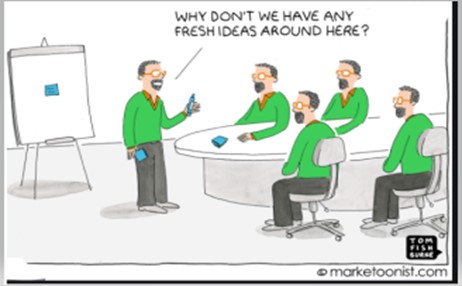
Source: https://marketoonist.com/2018/08/diversity.html
Basically, how can we expect fresh innovative ideas when everyone looks, sounds and has the exact same backgrounds? In the study I evaluated…The CEO respondents were predominantly male (92%) and Caucasian (98%). The CEO’s average age was 53 years old. Fifty-four percent (54%) of the HR managers were female, 95% were Caucasian (95%), and their average age was 46 years old. Everyone is the same…no diversity! Fresh ideas anyone?
Research Methodology and Journal Impact Score
The way this research was conducted was via surveys. While surveys can be useful tools such as allowing large populations to be assessed with relative ease, I think it should be noted that to yield meaningful results, surveys require careful planning, time, and effort. The response rate for the study (22.3%) was low with a total of 286 organizations (matched pairs) completing both surveys. Therefore, the findings from this study should be interpreted with this response rate in mind.
The article is published in the Journal of Business Ethics which is a peer-reviewed academic journal. This is a highly respected publication with an impact score in 2020 of 5.77 and is a measure of the yearly average number of citations to recent articles published in that journal.
Media Thoughts
I found this media and clearly reflected that the surveys in my research study as well as many CEOs are …predominantly male (92%), Caucasian (98%), and possess an undergraduate or graduate degree (90%). So, we’re expecting leaders of diversity efforts to lead diversity efforts with no diversity in their ranks…hmmm.
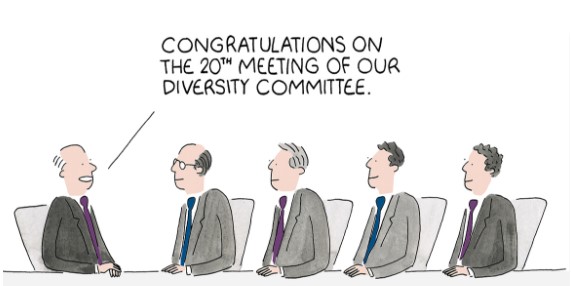
Source: https://www.russellreynolds.com/insights/the-99th-floor/talent
To summarize as the title of this article states…it’s time to walk the talk on diversity. Organizations and employees from the CEO to the HR manager must understand how their actions as well as unspoken beliefs directly affect the implementation of diversity efforts.
Reference
Ng, E. S., & Sears, G. J. (2020). Walking the talk on diversity: CEO beliefs, moral values, and the implementation of workplace diversity practices: JBE. Journal of Business Ethics, 164(3), 437-450. http://dx.doi.org.libezproxy2.syr.edu/10.1007/s10551-018-4051-7


